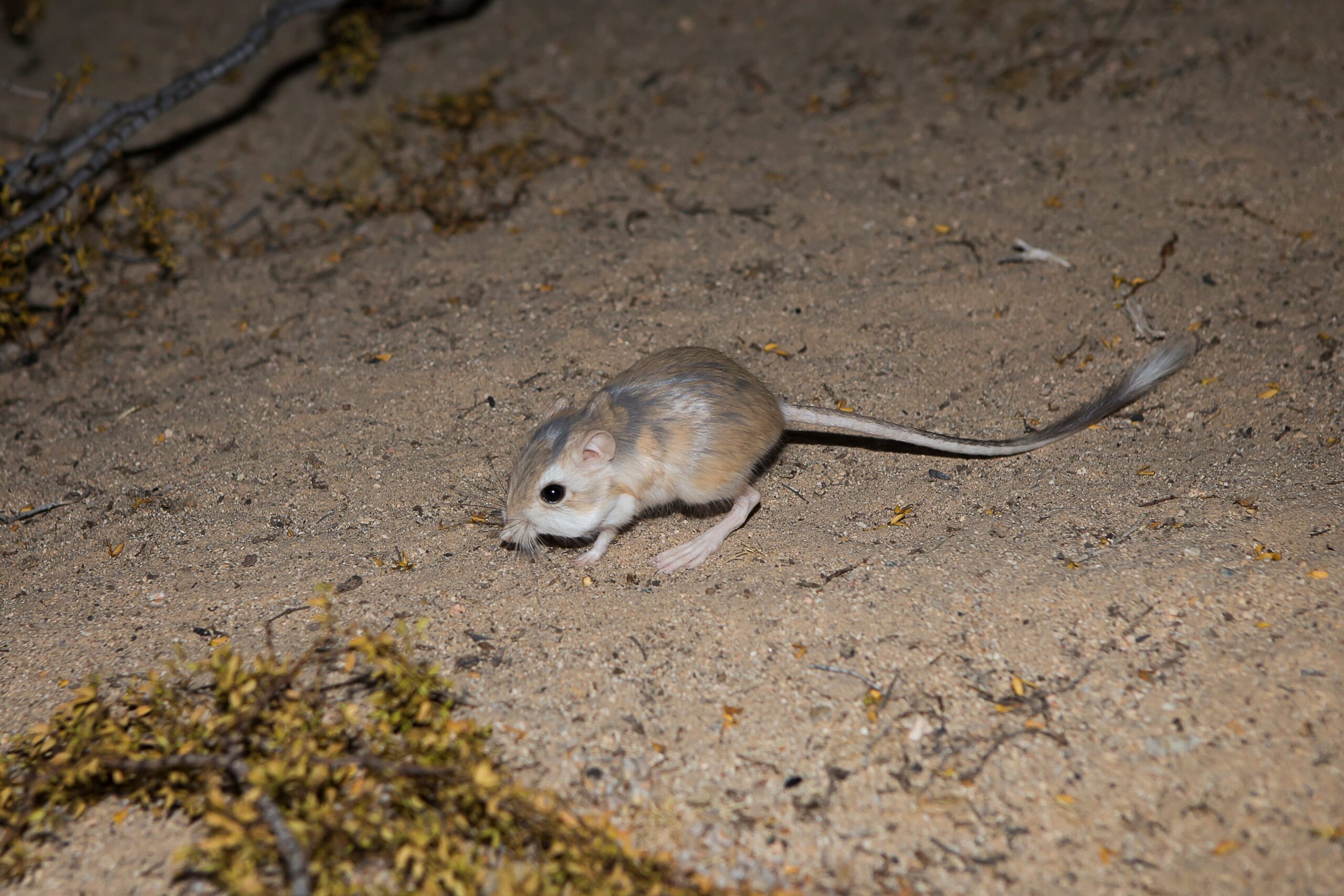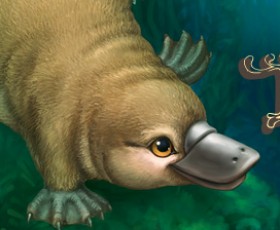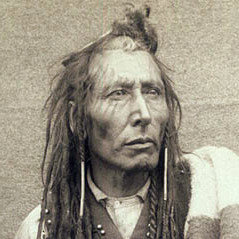California condor at Big Sur
See my other comment about California condors. I actually got to be part of their rehabilitation efforts and thanks to the university I worked with we got them from about 27 total known individuals left to over 170 last data I can find.
I saw a numbat at the zoo. Very rare, almost extinct, pretty skittish so even if you do go to their exhibit they’re often hiding from everyone
Tarsier
Polar Bear on the Hudson Bay coast in northern Ontario.
I’m Indigenous and I’ve gone hunting and trapping with my relatives a few times in my life. On one of those trips we happened on a polar bear on the mud flats of the bay during the late autumn. We drove by in our freighter canoe (a very large oversized canoe with a 60 HP outboard motor) and the bear swam near us and then walked by a few hundred feet away. It wasn’t afraid but we were. We watched for a while and then fired rifle shot into the mud next to it to scare it away. From the moment it started to run to the point it disappeared as a speck on the horizon was about a minute or two. I went up later to look at the prints and the clay mud looked like a tractor had driven over it. I couldn’t believe how fast it could move on the mud. I quickly sank in my boots and could barely walk around.
One paw print was about the size of my head. I never left camp without someone nearby or a rifle in my hands.
I guess nobody can tell how big they are from photos. There’s never someone standing next to them for comparison.
Seriously! They’re the biggest land carnivores bar none. If you’re 5’ - 5’6" a bigger polar bear will be able to look you levelly in the eye while on all fours* and on its hind legs, it’ll be more than half your height again.
*survivability of said staring contest is low
I’m told that the time it takes a polar bear to discover, stalk, hunt, kill and partially devour you is on the order of 10 minutes.
Most people do not survive a polar bear passing them in the bush.
Outside of a zoo, maybe American Avocet or Painted Bunting
Wolverine.
https://en.wikipedia.org/wiki/Santa_Cruz_long-toed_salamander
So rare I don’t even know if they still exist.
I did some field biology work back in the mid 2000s and this is the only reason I know this.
There is also the California Condor and a species of kangaroo rat in the Mojave. The former is less rare now due to an immense amount of work we did to save the species to the point where they actually got removed from the endangered list at one point.
Look at this little guy though

As for the Condors:
The condor population (wild and captive) has steadily increased, reaching over 460 in 2017 (with 170 wild condors in California). For the most current update check out the Condor Population Status Summary (PDF)
Back when I was doing field work they were down to only 27 and all had been moved to captivity.
The situation with the salamander is much more dire
Its limited range and fragile specialized habitat place severe restrictions to the viability of this species. There is no definitive population estimate for the Santa Cruz long-toed salamander, but the numbers are deemed to be quite small. Further disturbance of its limited habitat could lead to this species’ extinction.
A dik-dik. It’s a species of deer that is slightly larger than a house cat or maybe a medium size dog. It was super adorable but a bit uncanny feeling lol.
Saw a fishercat in an industrial area not far from a large swath of floodplain and high voltage transmission lines. So there was a lot of territory for it nearby. Looks like a tall badger. Apparently pretty rare. Was walking around 18 wheeler trucks in motion like it owned the place, peeking around the dumpsters most likely looking for the young raccoons that hang around.
A panda at Singapore zoo.
I petted and fed hay to the last male northern white rhino in Kenya some years ago.
He’s dead now and the remaining two females will likely die without giving birth and the species will go extinct :-(
It’s both cool and sad that you could interact and give witness to a species before its inevitable collapse.
Mainly sad.
Either a black stork, a least weasel (actually pretty common, but difficult auf to see around here), Cerambyx cerdo (probably not as rare as most regulating bodies think), a Eurasian eagle owl (rare around Germany) or felis silvestris








